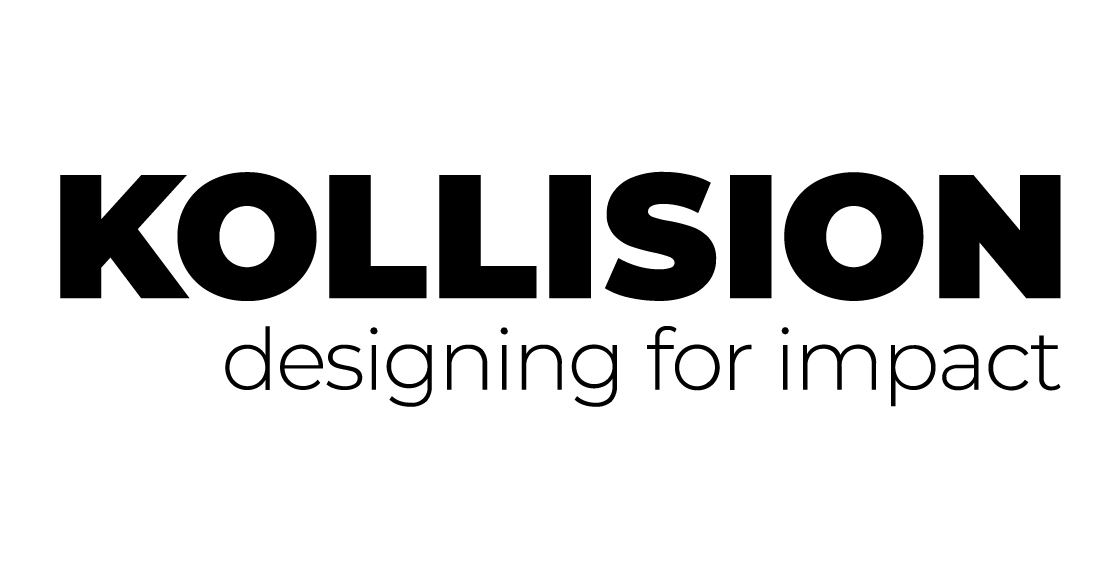Solution provider

Product Of Service
Smart cities
Smart energy systems

Add the case to your visit request and let us know that you are interested in visiting Denmark
In March 2014, Kollision won the competition for designing a new, interactive tunnel for Design City Kolding in the city of Kolding, Denmark. Kollision named their winning proposal ‘Interference’ based on the idea that urban life is characterized by two opposing trends: an urge to belong and be part of a community and an opposing desire to be alone and anonymous in the middle of the rush. This shaped an intelligent and interactive lighting concept integrated in the tunnel walls, which focuses on creating a social space between people walking through the tunnel. By dynamically creating spaces of light between people in the tunnel, people are made aware of their surroundings.
AN INTERACTIVE LIGHT EXPERIENCE
A steel structure mounted on both sides of the 36 meter long tunnel creates light boxes in which energy efficient RGB LED light fixtures, sensors, and hardware are integrated. The steel structure is covered by panels of white Lumino, creating an evenly distributed light across the Lumino panel. To create a dynamic experience for the users, motion sensors are installed to continuously sense movement in the tunnel triggering several light scenarios: When a person enters the tunnel, the movement activates a space of light in front of the person following the person through the tunnel. The light shuts down behind the person leaving the tunnel in darkness. If more people enter the tunnel, a dynamic temporary space of light will appear between them, making people aware of their interference and the surroundings.
TECHNICAL SETUP
An important component in the control of the lighting design in the tunnel is the underlying software that translates the sensor data into a dynamic experience. Kollision has developed a number of software components, which collect, interpret, and communicate sensor data, while other parallel processes shape the rules for how the light sources respond to people in the tunnel. The signals from the sensors are processed by a series of custom-made circuit boards converting the sensor's simple signals into data packages, which are calculated in the central micro-computer (Raspberry Pi), responsible for controlling the light sources. In this way a dynamic lighting concept is realised using a minimum of resources.